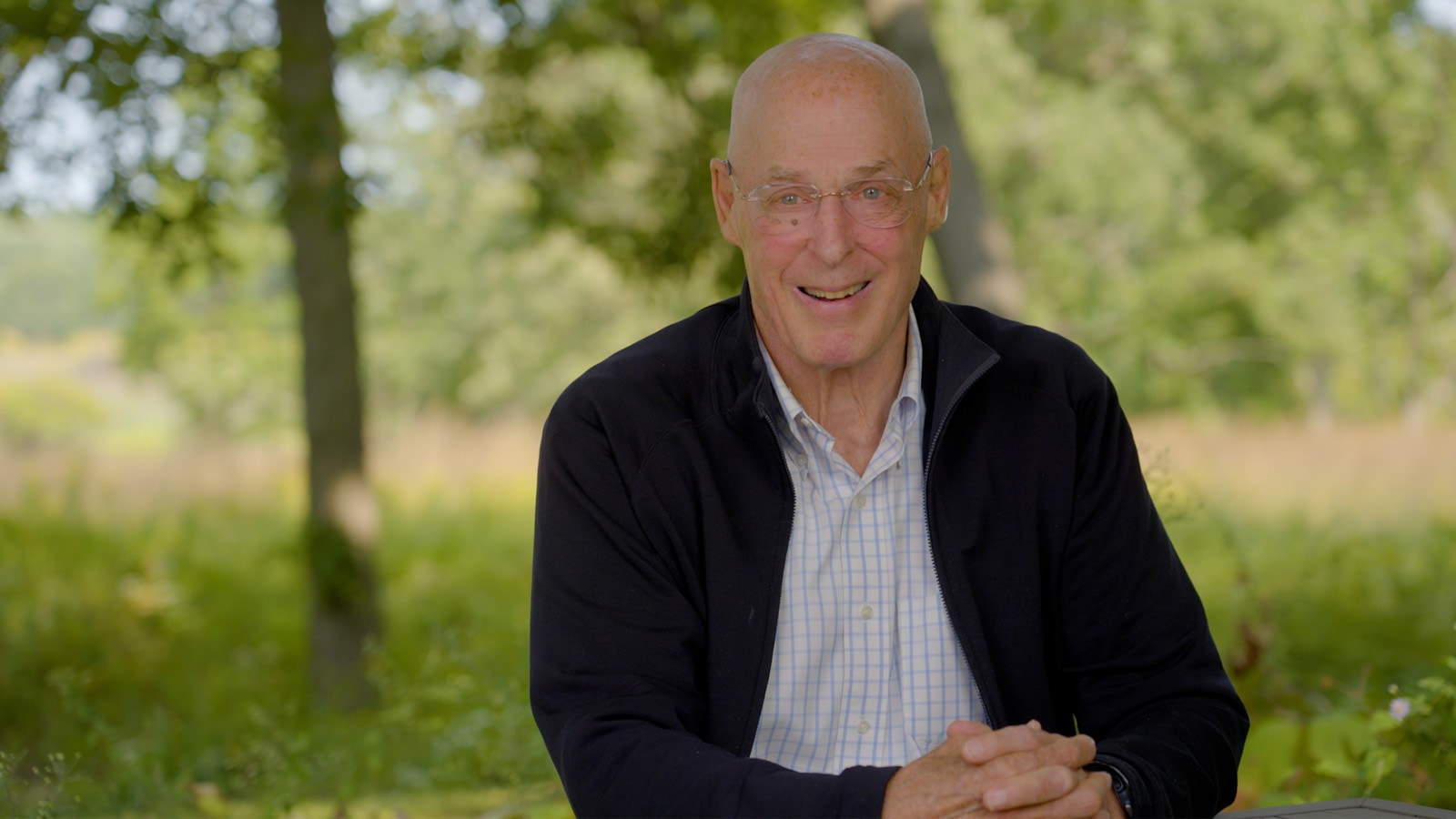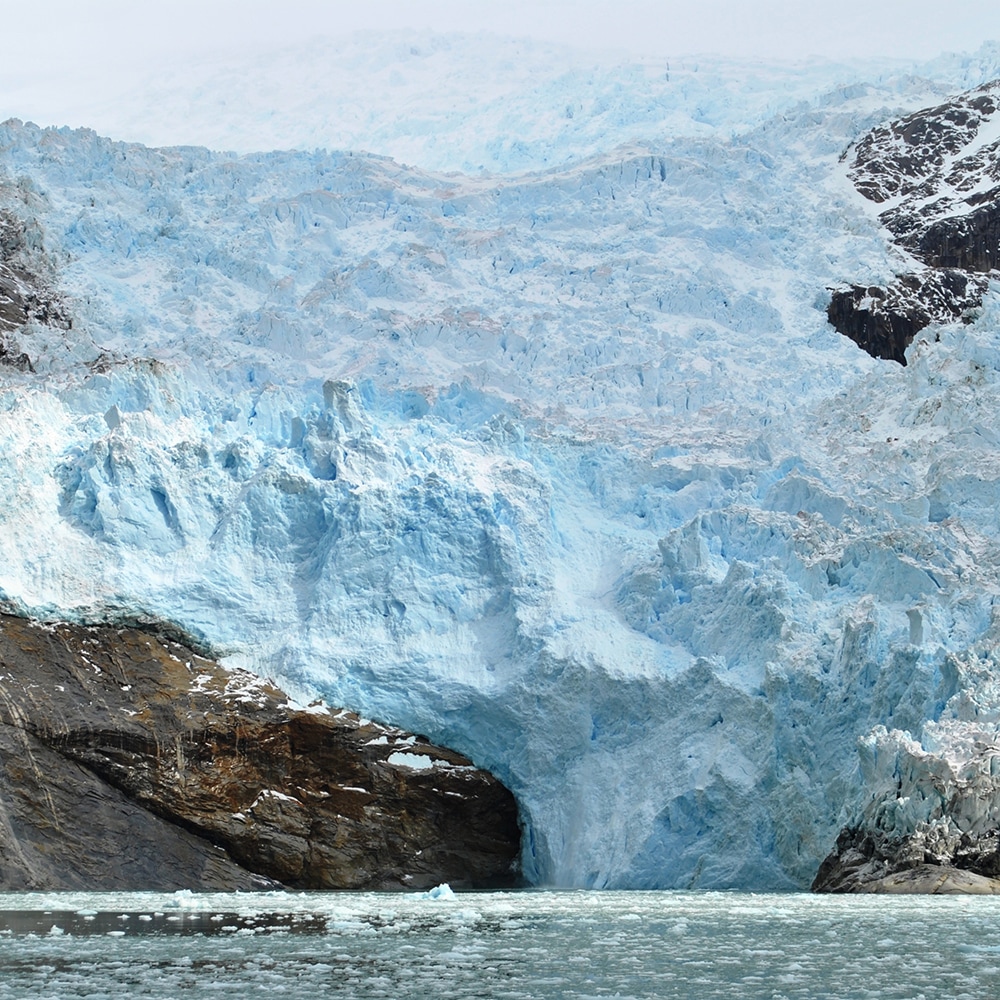"Our people came together, turning a routine transcation into an unexpected opportunity to create a nature reserve in perpetuity. I am proud of the firm's efforts to create a lasting legacy in Tierra del Fuego."
David Solomon
Chairman and CEO
A Unique Opportunity Uncovered During the Normal Course of Business
In 2002, the firm purchased a portfolio of distressed debt assets, which included a delinquent note that was secured by a vast tract of ecologically significant forestland in Tierra del Fuego, Chile. After conducting an in-depth analysis of the territory and recognizing a unique opportunity to preserve an important part of the world’s biodiversity for future generations, the firm began a comprehensive search for an organization that could help make this opportunity a reality.
Forming an Unprecedented Public-Private Partnership
In one of the world’s largest land gifts for conservation, Goldman Sachs formed a first-of-its-kind public-private partnership with the Wildlife Conservation Society (WCS) in 2004.
In a To All to the firm, Hank Paulson, former chairman and CEO of the firm, and Lloyd Blankfein, at the time president and chief operating officer, announced to the people of Goldman Sachs: “It was determined that this huge tract of unspoiled land, unique in the Southern Hemisphere, could and should be preserved . . . The firm’s leadership and Board of Directors saw this as an opportunity to act in the public good while also acting in the interest of our shareholders.”
Founded in 1895 and based in New York, WCS is one of the most respected conservation institutions in the world. The nonprofit was identified as ideally suited to receive what would become Karukinka Natural Park and take primary responsibility for the maintenance of the nature reserve.
One of the Greatest Wild Places Left on Earth
Since the park’s establishment, WCS has worked with local conservationists and other groups to coordinate a range of efforts to study, protect and preserve the ecologically diverse land, while developing a sustainable plan to support the livelihoods of local communities.
More than 100 species of animals have been recorded in Karukinka. As one example, Chile’s most endangered mammal – the Fuegian culpeo fox – takes refuge in the forested areas of the park. The large guanaco population in Chile and elephant seals are among other species represented in the wildlife of the park.
In 2007, the Karukinka park expanded from its original 680,000 acres (or 1,062 square miles) to more than 735,000 acres through a transaction with the Onamonte Community, which provided WCS with title to a tract of land joining the two separate parcels of the original reserve, thereby allowing for more effective management and helping to assure the ecological viability of species endemic to the region.
20 Years On: Entrepreneurship, Teamwork and Long-Term Thinking
During the past two decades, WCS has focused its efforts on park management, including by establishing permanent staff to protect key areas in Karukinka and preventing direct threats to wild, aquatic and terrestrial life in the reserve; the control of invasive species, including through large-scale experiments to evaluate the effect of beaver control on ecosystem recovery; and ongoing research and monitoring.
Today, Karukinka is a flagship for wildlife conservation in Patagonia. In particular, it continues to serve as a model demonstrating how the private sector can engage in conservation activities.


"Our people came together, turning a routine transcation into an unexpected opportunity to create a nature reserve in perpetuity. I am proud of the firm's efforts to create a lasting legacy in Tierra del Fuego."
David Solomon
Chairman and CEO

"The team recognized there was something special about this [land] and brought it to my attention, setting the wheels in motion."
Hank Paulson
Former Chairman and CEO of Goldman Sachs

"It's a fabled area, and it was the most important initiative I was involved in during my tenure at WCS. There were so many things we were fortunate to be able to address with Goldman Sachs' partnership and the power that it brings."
Dr. Steven Sanderson
President Emeritus of WCS

"It's great to look back and see what we did. I'm actually going back [to Tierra del Fuego] in January. I'm looking forward to seeing how it's been preserved and maintained and how access has increased for visitors."
Brad Gillman
Goldman Sachs Alum

"By the time the portfolio crossed our desk, the PFG was uniquely positioned. We had a great team, a small group of really talented people working on this who wanted to fight to conserve land. We had leadership support, great counsel and the credibility of firm, and we got it done."
Bob Christie
Goldman Sachs Alum

"It's not just Goldman Sachs' generosity to do it, but also the various skills across the firm required to execute it and the support of the leadership group. On my side, this also allowed me to become very technically knowledeable and to amass needed experience to permanently save large forests through complex project finance structures and advise others on that. I'm still on this journey, and if it weren't for Tierra del Fuego, I wouldn't have done that. It's a powerful gift."
Larry Linden
Goldman Sachs Alum


Leveraging the power of markets, the firm is able to help advance commercial opportunities such as nature-based solutions which have the potential to deliver one-third of the climate mitigation necessary by 20301 while simultaneously contributing to human well-being and biodiversity benefits, and also developing innovations in conservation finance2.
Goldman Sachs Asset Management shares observations on the initial wave of investor activity and considerations for factoring biodiversity into the investment process.
Goldman Sachs joined the MIT-IBM Watson AI Lab to help advance the application of artificial intelligence to biodiversity measurement — a crucial ingredient for scaling nature-based financial products and meeting the needs of assessing nature-related demands on corporates and financial institutions.
In 2019, Goldman Sachs helped issue a $150mm green bond for The Conservation Fund – the nation’s first green bond solely dedicated to conservation, where proceeds were dedicated to scale efforts to ultimately protect 5mm acres of working forests around the country.
Partnering with organizations such as the World Resources Institute and their Partnership of Biodiversity and Finance blue paper on best practices for investing in nature.
Develop tools such as the GS SUSTAIN Nature Framework and Data Tool to help companies assess their impact on nature.
Actively engage with companies we are invested in to help advance/manage nature-related goals and risks, and support clients that seek to advance these goals through nature-based investment strategies.
Our signature newsletter with insights and analysis from across the firm
By submitting this information, you agree that the information you are providing is subject to Goldman Sachs’ privacy policy and Terms of Use. You consent to receive our newletter via email.